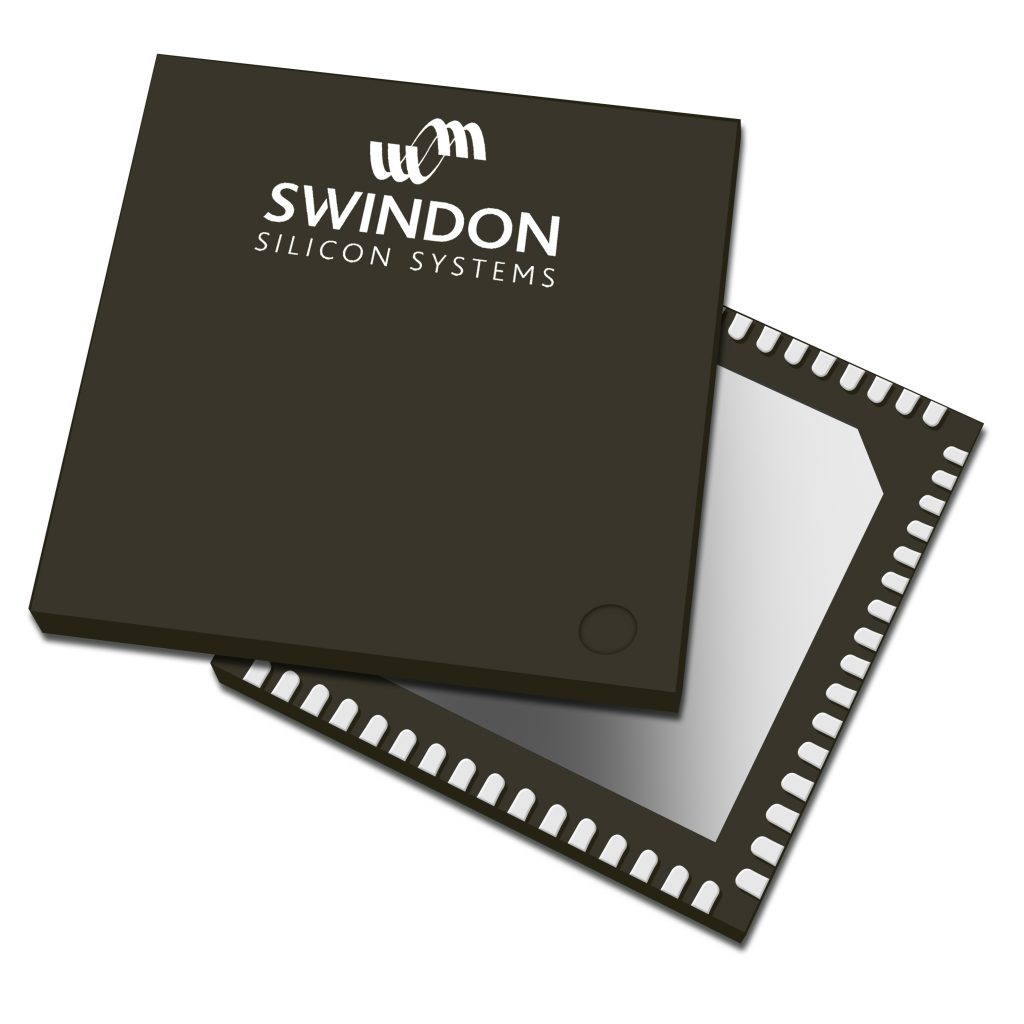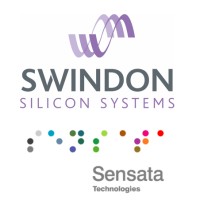Demand for semiconductor chips rose 17% from 2019 to 2021, and supply chains are still recovering from the effects of the pandemic. Obsolescence can make sourcing integrated circuit (IC) components even more challenging for manufacturers. Here, Richard Mount, director of Sales at ASIC design and supply company Swindon Silicon Systems, explains how custom ICs can help to minimise the threat of obsolescence when used in long life sensing applications, such as automotive and industrial.
Even the most basic vehicles contain a significant amount of technology to make them safer, more intelligent and more enjoyable to drive and sensors are a key part of this technology. They can be used to monitor a variety of important factors, from the temperature in climate control systems to radar sensors that can detect the distance between vehicles on the road.
Incorrect tyre pressure presents a serious danger to drivers one in five motorway breakdowns are caused by worn or incorrectly inflated tyres. Direct Tyre pressure monitoring systems (dTPMS) use a sensor valve in each tyre to monitor pressure and report low pressure or tyre pressure imbalances to the driver via the dashboard display. A vital component of many car manufacturer’s dTPMS is a custom IC.
Custom ASICs

Where original equipment manufacturers (OEMs) want to differentiate themselves, both technically and commercially, from their competition, application-specific integrated circuits (ASICs) are a proven route to take.
An ASIC is a custom device designed specifically for the customer’s application, resulting in a chip designed to deliver an optimised performance exactly to their specific requirements. Designers who choose the ASIC route can achieve improvements in performance, size and power consumption over using standard parts, as well as huge amounts of savings on board space. Commissioning an ASIC also helps to protect a company’s intellectual property (IP). It is extremely difficult to re-engineer the IC or for it to be “re-used” in other designs.
Time to market is a key concern for automotive manufacturing, especially in such a rapidly advancing industry. Custom ICs no longer have to be designed from scratch. Established ASIC companies will have the relevant IP library to form the foundation of a customer’s chip, greatly reducing their development time. At Swindon, an extensive IP library combined with a skilled and experienced design team keep development times to a minimum.
Standard component obsolescence
If automotive tier one or tier two manufacturers choose to use standard IC components in their design, as is common, then the longevity of supply should be considered and alternatives should be identified and readily available. Manufacturers of standard IC devices tend to upgrade the product throughout its lifetime. This can cause system performance issues if the new part is not compatible with the performance requirements.
Additionally, if the sales volume or revenue of the standard IC drop below a certain level and supplying the part is no longer financially viable, production will be stopped, and a last time buy (LTB) will be offered.
Lifetime plan
Choosing a custom IC solution, however, means that the component is designed for the customer only and is never sold on the mass market. Custom silicon solutions can provide supply for the lifetime of a customer’s product.

The two main components of a custom IC that can go obsolete are the silicon process and the packaging. However, ASICs are designed with non-obsolescence in mind. For example, if a product is designed to last 15 years in production, then the ASIC supplier will choose a suitable silicon process with the required maturity and longevity.
However, if obsolescence of either component does occur, the situation can be effectively managed. For packaging obsolescence, it is usually very easy to find an alternative source.
If the silicon process becomes obsolete, the ASIC supplier will normally receive around two years’ notice, providing ample time for a suitable solution to be implemented. The optimum solution depends upon where in the product lifetime obsolescence occurs. If the product is in its last year or so of life, the customer may prefer to purchase an LTB of fully packaged chips.
For obsolescence that occurs earlier in the product lifespan, an LTB of packaged parts is not usually commercially attractive and in most cases unviable. The next approach is to look at an LTB supply of wafers. This is a much smaller commercial outlay and wafers can be stored in dry nitrogen cupboards for up to 30 years. This effectively acts as a die bank allowing the ASIC supplier to fulfil orders as and when required.

Alternatively, the ASIC supplier could port the design onto a new silicon process, either in the same foundry or a different one. When this option is chosen, the customer may prefer an upgrade in performance, which can be gained from a newer silicon process, or to keep the performance of the IC the same.
It is critical that the customer is involved early in the decision making process and that the customer will ultimately make the commercial decision, with guidance from the ASIC supplier, as to which route to take. This will result in a non-obsolescence plan, eradicating the need of costly system redesign and requalification.
For more information click here.
Comment on this article below or via Twitter: @IoTNow_OR @jcIoTnow










